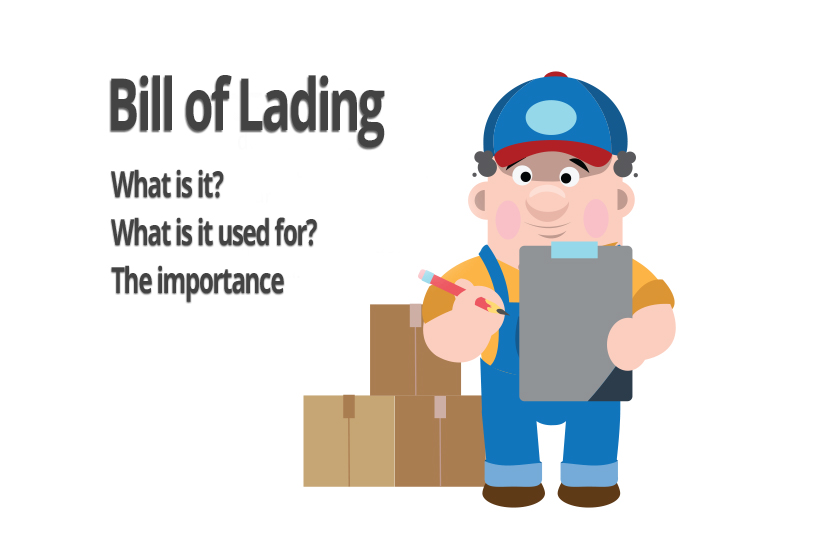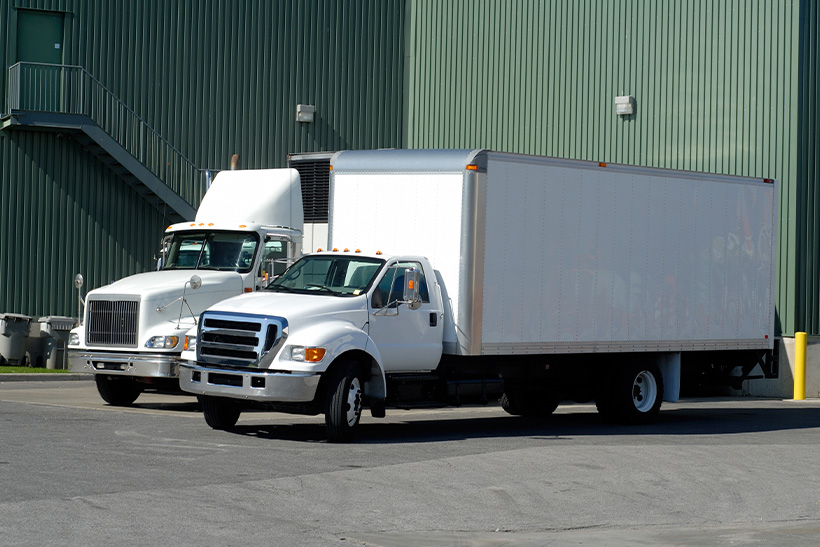Bill of Lading Explained
In today's world, especially in the business sphere, it's essential to know basic terms to do business-one of them is the Bill of Lading (BOL). So, if you are interested in learning about this specifics document object, read the following article, including the explanation of its definition and purpose.

Definition
A Bill of Lading presents a document (receipt) issued by a particular carrier to a consignor (or shipper). The document includes a confirmation that specific goods were received in an agreeable state, meaning they are ready for shipment. The following step in the process consists of the items being delivered to the consignor (the buyer of the goods) mentioned above.
So by a universal definition, Bill of Lading represents a specific contract (therefore a legal document) issued by a carrier to a certain shipper, which includes the details of the carriage (the type of items, the number of items, and the destination where the good should be carried).
In any case, the Bill of Lading must be included in the shipment alongside the product regardless of the form of transportation, and it needs to be signed by the carrier, shipper, and in the end, the receiver of the items.
The Bill of Lading is often referred to as shipment receipt ( with previously determined destination).
The Purpose

The most often question regarding the issue is what Bill of Lading is used for? So, the purpose of the Bill of Lading has different perspectives, including:
Bill of Lading is a receipt of goods
There is no way that the shipment can be conducted without the Bill of Lading, as this paper needs to be issued for items to travel, meaning that it represents a legally binding document. If some problem occurs, this document can serve as proof of items being carried in the process.
Bill of Lading represents a title to the goods
After the goods are delivered to the determined destination, the Bill of Lading stands as a title to the delivered goods. It's perceived as a voucher that secures the release of the shipment, therefore, claiming ownership-evidence of confirmation.
We must mention that only the consignor listed in the Bill of Lading has the right to request the release of cargo by known laws.
There were reported cases where the shipper retained the Bill of Lading until they received payment, meaning that this document ensures that the shipper is paid.
Users
Who exactly uses the Bill of Lading?
In most cases, users of the Bill of Lading are companies that deal with transportation services, including owners (drivers), logistic companies (third parties), freight forwarders, etc. In general, these companies transport goods through air, sea, and rail. Also, the Bill of Lading is used for both domestic and international services.
Details
What information does the Bill of Lading hold?
- • Details of the company that does transportation, including the carrier, shipper, and consignor.
- • The specific place where to goods will be loaded.
- • The destination (sometimes predetermined).
- • The form of transportation including rail, sea, road, etc.
- • Incoterms-agreed terms of shipment depending on the mode (domestic or international services).
- • Description ( in total or in part) of the items being carried like the weight, size, dimension, specific classification, etc.
How Accurate is Information Provided in the Bill of Lading?
It's very important to state that it's essential that the information contained in the Bill of Lading need to be as accurate as possible.
However, mistakes do happen; what then?
Making a mistake in preparing this bill can result in economic and reputable disasters for companies.
For instance, there was a freight forwarder in 2017 ordered by the court to pay over 800000 pounds for the damage caused by false information because the Bill of Lading they issued stated that their service is an ocean carrier (which wasn't true).
Generating this kind of bill really requires maximum caution.
The Issuer of Bill of Lading?

The only company that can legally issue the Bill of Lading is the carrier referring to it as the Shipping Line or the Freight Forwarder.
The Reciever of Bill of Lading?
In normal circumstances, the Bill of Lading is provided to the following parties:
- • The actual shipper.
- • Freight forwarding company or a broker (depending on the provider of the service).
- • The consignor we mentioned earlier (the purchaser of the goods).
Types

The type of the Bill of Lading depends on a couple of factors:
- • The issuer
- • The purpose
- • Form
- • The relation between the buyer and the seller
- • The protection (a type of insurance)
When it comes to international transport, there are a couple of types, including House Bill of Lading, Seaway Bill of Lading, Ocean Bill of Lading, etc.
However, there are two main universal types of the document: The negotiable and non-negotiable
The Negotiable Bill of Lading
The original Bill of Lading document presents a negotiable (legal) receipt while representing the title to the goods.
However, it's normal that there are copies of the document which represent a Non-negotiable document meaning they have no power when it comes to the title of the goods.
Universal Laws
Although laws concerning this specific issue are fairly similar in all countries, certain differences do appear, meaning it's very important to check out the local laws and guidelines before you start doing transport.
In any case, it's important to be well informed, especially if you often do business in this area.
Summary
In general, by definition, the Bill of Lading represents a legal document that contains all the details about the delivery of specific goods between the shipper, consignor, and the receiver.
It's important to state that the information contained in the Bill of Lading needs to be one hundred percent accurate to avoid financial and reputable losses.
There are a couple of types of the aforementioned document depending on the mean of transport (rail, sea, road, etc.). Also, the original document is negotiable, while any made copy is non-negotiable. Contact Movit Movit for any help with your bill of lading when you're moving.
Why Movit Movit Local Moving Service
- Affordable Prices
- Qualified & Skilled Movers
- Responsive & Welcoming Staff
- Professional First Class Moving Service
- Exceptional Packing & Transport
- Reputable & Reliable Moving Company
- Full Service Moving Experience
- A Large Fleet of Trucks & Vans, Insured & Well Maintained
- Guaranteed 100% Satisfaction






